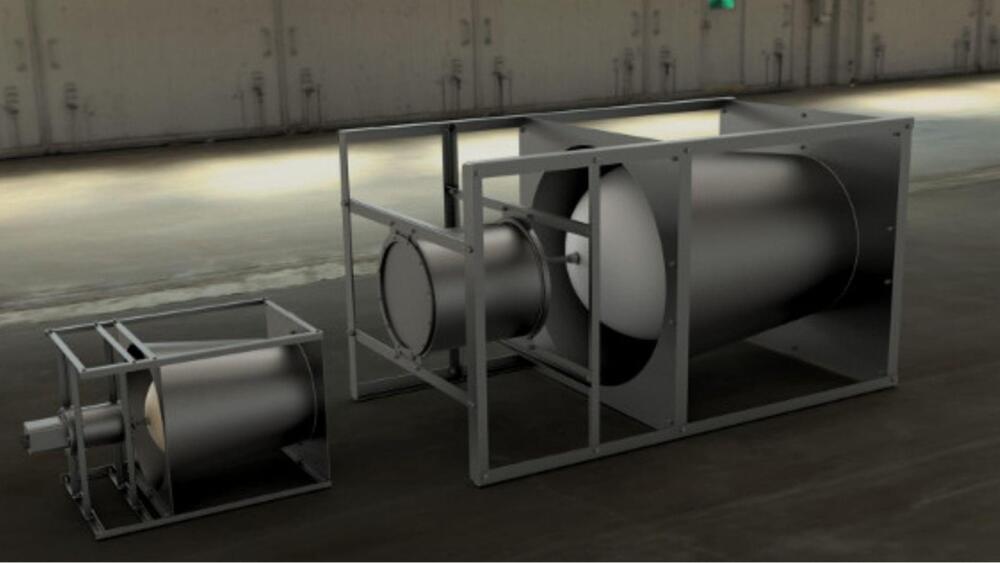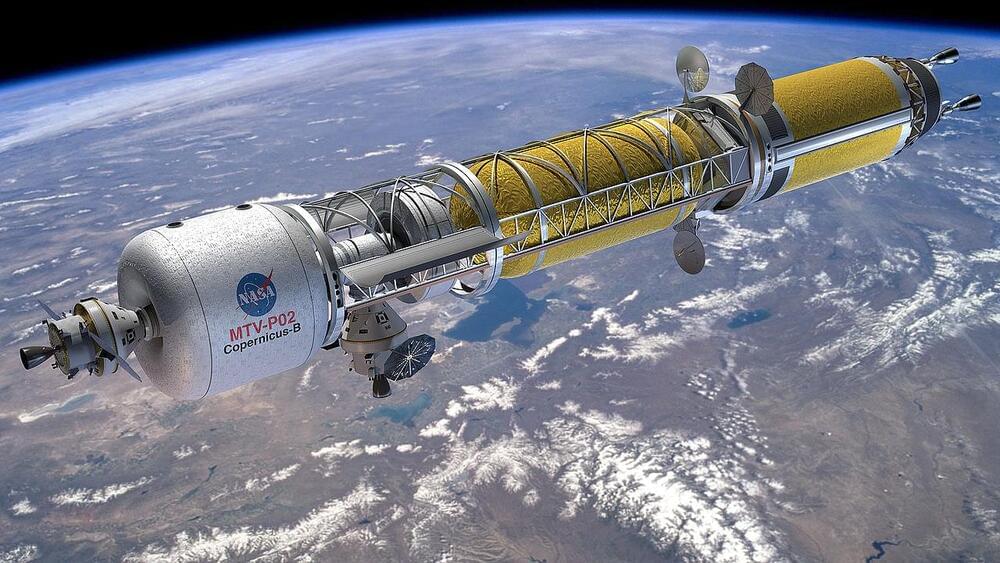Jan 20, 2023
US Marines Defeat DARPA Robot
Posted by Liliana Alfair in categories: military, robotics/AI
DARPA has trained one of its robots to identify humans. There’s just one little problem: The robot is cartoonishly easy to confuse.
DARPA has trained one of its robots to identify humans. There’s just one little problem: The robot is cartoonishly easy to confuse.
Violence and warfare were widespread in many Neolithic communities across Northwest Europe, a period associated with the adoption of farming, new research suggests.
Of the skeletal remains of more than 2,300 early farmers from 180 sites dating from around 8,000—4,000 years ago to, more than one in ten displayed weapon injuries, bioarcheologists found.
Contrary to the view that the Neolithic era was marked by peaceful cooperation, the team of international researchers say that in some regions the period from 6000BCE to 2000BCE may be a high point in conflict and violence with the destruction of entire communities.

It generates energy by forcing the stream to form a vortex.
Without employing any blades, the transportable hydraulic turbine SETUR from Vortex Hydrokinetics serves as a power source. The water source could be rivers, tidal streams, ocean currents, or even canals.
Continue reading “This 3D-printed hydraulic turbine provides energy without blades” »

We live in an era of renewed space exploration, where multiple agencies are planning to send astronauts to the Moon in the coming years. This will be followed in the next decade with crewed missions to Mars by NASA and China, who may be joined by other nations before long. These and other missions that will take astronauts beyond Low Earth Orbit (LEO) and the Earth-Moon system require new technologies, ranging from life support and radiation shielding to power and propulsion. And when it comes to the latter, Nuclear Thermal and Nuclear Electric Propulsion (NTP/NEP) is a top contender!
NASA and the Soviet space program spent decades researching nuclear propulsion during the Space Race. A few years ago, NASA reignited its nuclear program for the purpose of developing bimodal nuclear propulsion – a two-part system consisting of an NTP and NEP element – that could enable transits to Mars in 100 days. As part of the NASA Innovative Advanced Concepts (NIAC) program for 2023, NASA selected a nuclear concept for Phase I development. This new class of bimodal nuclear propulsion system uses a “wave rotor topping cycle” and could reduce transit times to Mars to just 45 days.
Continue reading “New Nuclear Rocket Design to Send Missions to Mars in Just 45 Days” »
Xerox® Elem™ Additive Solutions today announced that an ElemX liquid metal printer was recently installed on board USS Essex (LHD 2), making it the first metal additive manufacturing machine deployed on a U.S. Naval vessel.
The ElemX was placed on the ship earlier this month in Pearl Harbor, Hawaii, with at-sea trials beginning immediately. The installation is the latest step in the U.S. Navy’s strategy of using additive manufacturing (AM) to increase operational readiness for the fleet. It also builds on the relationship between the U.S. Navy and Xerox Elem Additive that began with the Naval Postgraduate School in Monterey, California receiving the first-ever installation of the ElemX in 2020.
“The military supply chain is among the most complex in the world and putting the ElemX on USS Essex means that sailors can now bypass that complexity and print parts when and where they need them,” said Tali Rosman, GM of Elem Additive. “We are proud to continue our partnership with the Navy to help them advance their additive manufacturing capabilities and execute their long-term vision.”

The world’s second-most powerful rocket—though it’s largest partially renewable rocket—yesterday blasted-off on a secret mission for the US Space Force amid spectacular views. Only the fifth flight of the company’s heavy-life Falcon Heavy rocket (though the second inside a few months), the event took place in twilight Sunday, with a satellite being successfully sent into geosynchronous Earth orbit (meaning it will orbit at the same speed as Earth rotates). Two side-boosters then returned to land in tandem on launch pads.
They were the 163th and 164th successful landings of an orbital-class rocket, according to SpaceX.
The PLA has been using AI to simulate war games for invasion operations against Taiwan.
China could allegedly use more artificial intelligence (AI) to maintain deterrence against the United States (U.S.) over Taiwan.
“PLA should conduct blockade exercises around the island and use AI technology to deter U.S. interference and Taiwanese independence forces,” said Ni Yongjie, deputy director of the Shanghai Institute of Taiwan Studies.
Continue reading “‘Smart deterrence’: China to enhance AI-warfare against US over Taiwan” »
Piasecki Aircraft Corp. (PIAC) and edm aerotec have signed an agreement to develop the world’s first hydrogen-powered helicopter. Based in Pennsylvania, PIAC has a long history of designing experimental aircraft for civil and military applications.
CEO John Piasecki told a recent symposium at the Vertical Flight Society that his company would be performing the world’s first human-carrying flight tests aboard edm aerotec’s CoAX-2D helicopter. The hydrogen-powered CoAX-2D would use an 80-kW HyPoint high-temperature proton-exchange membrane (HTPEM) fuel cell, according to EVTOL.news.
State-of-the-art methods of information security are likely to be compromised by emerging technologies such as quantum computers. One of the reasons they are vulnerable is that both encrypted messages and the keys to decrypt them must be sent from sender to receiver.
A new method—called COSMOCAT—is proposed and demonstrated, which removes the need to send a decryption key since cosmic rays transport it for us, meaning that even if messages are intercepted, they could not be read using any theorized approach. COSMOCAT could be useful in localized various bandwidth applications, as there are limitations to the effective distance between sender and receiver.
In the field of information communication technology, there is a perpetual arms race to find ever more secure ways to transfer data, and ever more sophisticated ways to break them. Even the first modern computers were essentially code-breaking machines used by the U.S. and European Allies during World War II. And this race is about to enter a new regime with the advent of quantum computers, capable of breaking current forms of security with ease. Even security methods which use quantum computers themselves might be susceptible to other quantum attacks.
The study is being funded by the U.S. Army and Air Force.
Researchers at the Case Western Reserve University in the U.S. are currently working toward an experiment that will record something that has never been captured at such a resolution before; the moment of impact when a projectile traveling at 9,000 miles (14,484 km) an hour hits a wall of water, a press release said.
Research of this nature has been done earlier, but that was nearly eight decades ago. Back in the 1940s, the U.S. military conducted such studies to gauge the impact of shockwaves from underwater explosions on boats and submarines.
Continue reading “Researchers will shoot a projectile at 9,000 miles an hour for science” »
